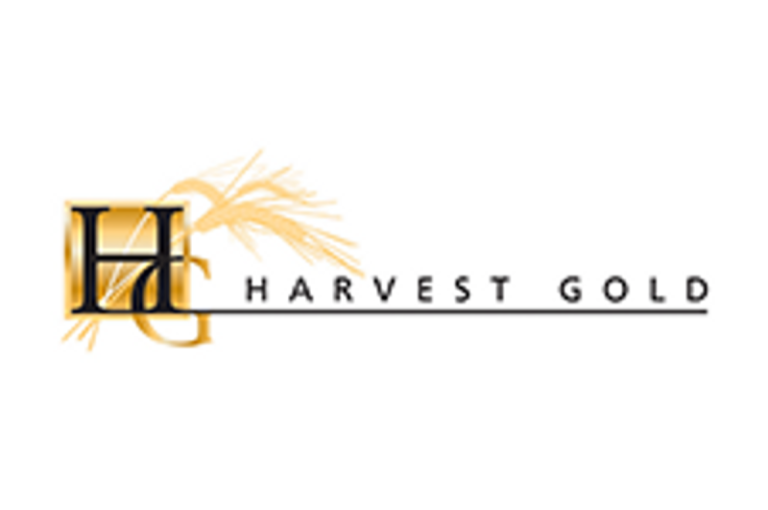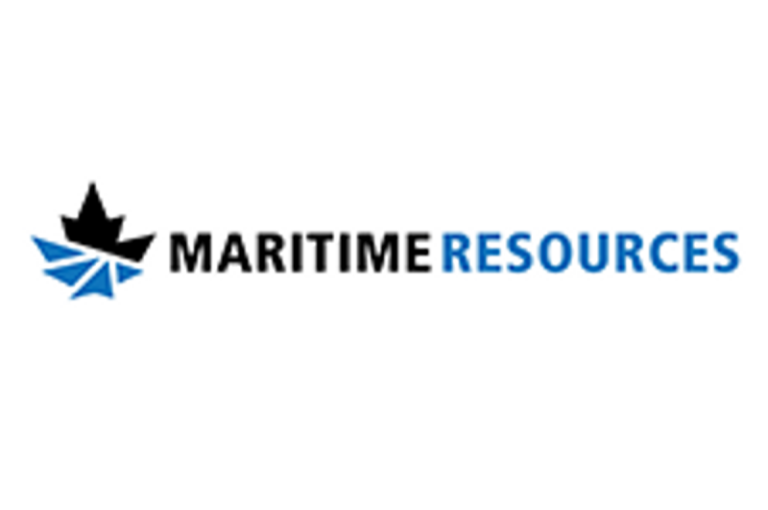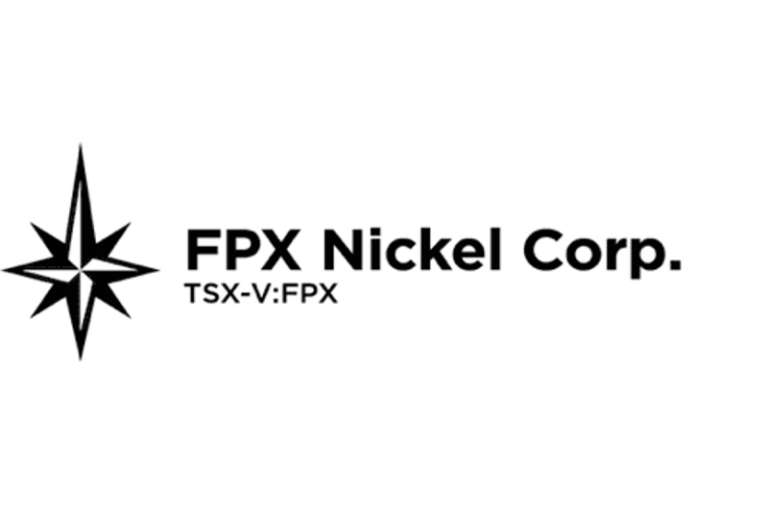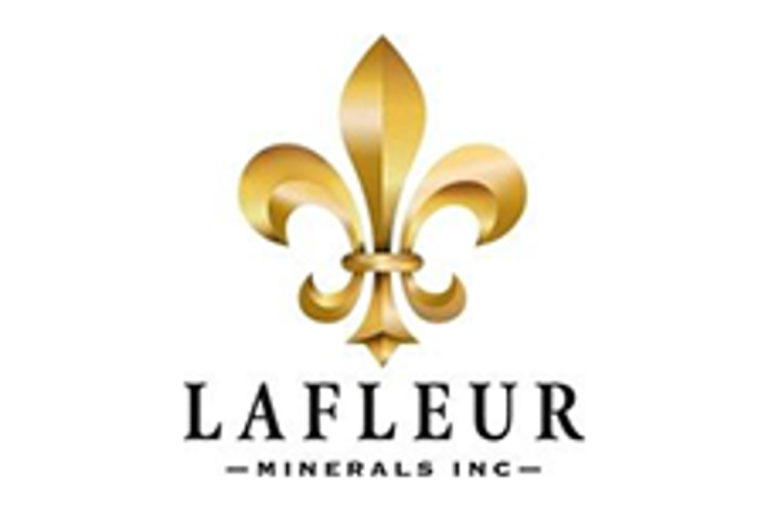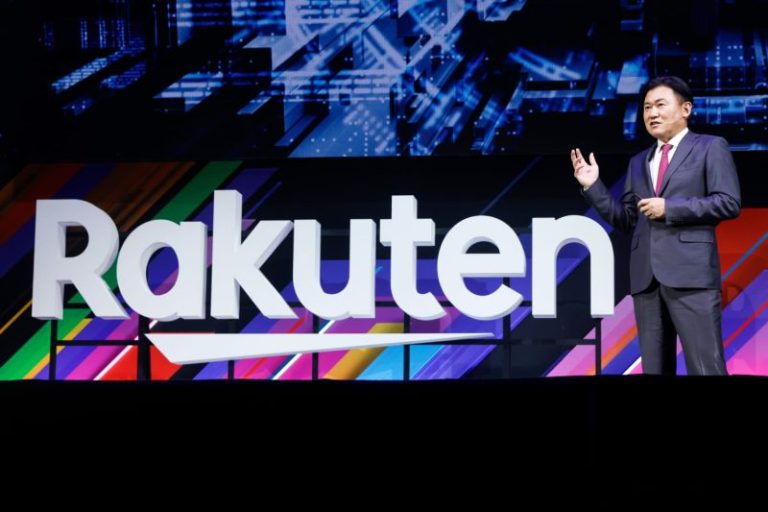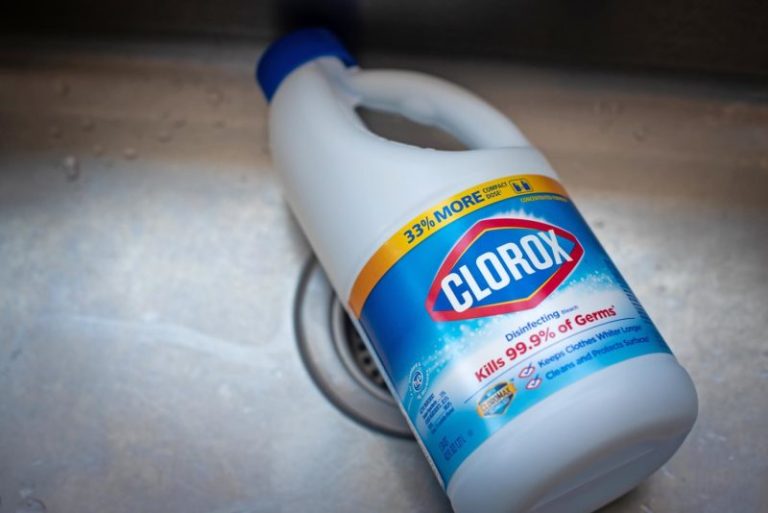- 2024’s drill program was highly successful at converting Inferred resources, upgrading and expanding Indicated resources – meeting the key objectives and providing a foundation for Pre-Feasibility activities.
- Indicated Primary Mineral Resource: 17.2 Moz at 1.24 g/t Au, a 42% increase in ounces and 15% grade increase from our Sept/24 resource estimate.
- Inferred Primary Mineral Resource: 11.9 Moz at 1.04 g/t Au, a 11 % increase in ounces, at the same grade
- Cut-off grades are unchanged at 0.50 g/t Au.
- The 2025 Program will consist of infill and expansion drilling. Infilling is expected to continue the trend of enhancing grade and ounces, while converting Inferred Resources to Indicated Resources.
- Ongoing Metallurgical Work has demonstrated >90% recoveries with sulphide-oxidizing methods such as BIOX®, POX, and the Albion Process. Additional test work is ongoing for these and conventional processing methods.
|
2025 PROGRAM
|
Freegold Ventures Limited (TSX: FVL,OTC:FGOVF) (OTCQX: FGOVF) (‘Freegold’ or the ‘Company’) is pleased to announce an updated mineral resource estimate (‘MRE’) for its Golden Summit Project, located near Fairbanks, Alaska . In line with the results from our 2023 drill program, the 2024 program has significantly increased the number of ounces and improved Indicated grades, all while maintaining finding costs below US$4 per ounce. This new estimate incorporates data from drilling conducted in 2024 and includes metallurgical recoveries from our extensive metallurgical program. This represents another critical milestone in our ongoing exploration and development efforts.
Comparison of July 2025 , September 2024 and March 2023 Resource Estimates
|
July 2025 Resource Update
|
September 2024 Resource Update
|
March 2023 Resource Update
|
|||||||||||
|
Primary Open Pit Resource
|
Primary Open Pit Resource
|
Primary Open Pit Resource
|
|||||||||||
|
Moz
|
gpT
|
Cut
|
Moz
|
gpT
|
Cut
|
Moz
|
gpT
|
Cut
|
|||||
|
Indicated
|
17.2
|
1.24
|
0.5
|
Indicated
|
12.1
|
1.08
|
0.5
|
Indicated
|
12.0
|
0.92
|
0.45
|
||
|
Change from
|
42 %
|
15 %
|
Change from
|
0 %
|
18 %
|
||||||||
|
Inferred
|
11.9
|
1.04
|
0.5
|
Inferred
|
10.3
|
1.04
|
0.5
|
Inferred
|
7.7
|
0.85
|
0.45
|
||
|
Change from
|
16 %
|
0 %
|
Change from
|
33 %
|
22 %
|
||||||||
|
Cut off gpt 0.50 (GP$2,490)
|
Cut off gpt 0.50 (GP$1,973)
|
Cut off gpt 0.45 (GP$1792)
|
|||||||||||
July 2025 Updated Mineral Resource Estimate
|
Cut-off Grade
gpT
|
Classification
|
Au
gpt
|
Tonnes
|
Ounces
|
|
OXIDE
|
||||
|
0.15
|
Indicated
|
0.45
|
63,706,000
|
920,000
|
|
0.15
|
Inferred
|
0.47
|
18,837,000
|
287,000
|
|
PRIMARY
|
||||
|
0.50
|
Indicated
|
1.24
|
431,949,000
|
17,236,000
|
|
0.50
|
Inferred
|
1.04
|
357,614,000
|
11,964,000
|
|
UNDER PIT
|
||||
|
0.75
|
Indicated
|
1.12
|
2,205,000
|
79,000
|
|
0.75
|
Inferred
|
1.35
|
18,014,000
|
782,000
|
|
Mineral Resources for the primary resources are reported at a cut-off grade of 0.50 g/t gold and constrained within an open pit shell using a gold price of US$2,490 /ounce, US$2.50/t mining cost, US$25 processing cost, US$2.00/t G+A, 92% gold recovery, and a 45° pit slope. Tonnes and ounces rounded to the nearest thousand.
|
The July 2025 resource estimate utilises a recovery rate of 92%, which is the average of the three sulfide oxidation methods assessed to date, along with a 3-year trailing gold price of $2,490 . Processing costs have increased from US$14 per tonne ( 72% recovery) to US$25 per tonne (92% recovery) to account for the additional processing needed to achieve these higher recoveries. Ongoing metallurgical work aims to identify the most effective oxidation method for the deposit and to further optimize the use of gravity, flotation, and CIL techniques, determining if a simpler flowsheet is preferable.
Since 2020, Golden Summit has become one of North America’s largest undeveloped gold resources. The significant increase in resource ounces and grade is due to several targeted drilling campaigns conducted between 2020 and 2024, continuous upgrades to geological models, and a deeper understanding of the site. Additionally, strong metallurgical results have contributed to these advancements. The project presents an exceptional development opportunity, further enhanced by its strategic proximity to essential infrastructure, including roads, supply centres, and a readily available labour force.
The drilling programs have discovered significantly higher-grade material and have converted previously classified waste areas into mineralized zones deemed potentially economically viable. The expansion of mineralisation to the west has also provided new data on the higher-grade portions of Golden Summit. Consequently, there has been an increase in both the total indicated gold ounces and their grades within an open-pit context.
While the increase in resource size has been our most notable success, the improvement in grade has been particularly rewarding for Freegold. The expanded database of drill holes has enabled us to refine the geological model and deepen our understanding of how higher-grade mineralisation is distributed within a broader lower-grade halo. Over the last year, the focus has been on strengthening fault control boundaries to identify a higher-grade corridor, which has contributed to our success in increasing the overall grade of the indicated resource.
We anticipate that further infill drilling will help convert inferred resources into the indicated category and may continue the trend of increasing grade as we reduce drill spacing. This will contribute to greater confidence in the higher-grade zones identified in our model. The most recent resource estimate indicates growth in both overall resources and grades, while also maintaining Freegold’s remarkably low discovery cost of less than $4.00 per ounce.
In 2025, Freegold will focus on upgrading inferred resources to indicated resources to support further the planned pre-feasibility study (PFS), scheduled to commence later this year. Since inferred resources cannot be included in a PFS, drilling activities will focus on improving grade and increasing drill density to move inferred resources into the indicated category. Additionally, further drilling will aim to enhance the resource and define a smaller, higher-grade starter pit as the project progresses through the pre-feasibility phase. The goal is to reduce both operating and initial capital costs. This strategic approach is designed to optimize value by minimizing expenditures while maximizing resource grade and growth, thereby increasing overall effectiveness.
Supplementary metallurgical test holes will be drilled to obtain additional material for comprehensive testing. This will help optimize recovery rates and identify the most suitable processing methods. In addition, geotechnical drilling is being conducted to assess groundwater conditions. Ongoing archaeological, paleontological, and cultural resources studies are also part of the process.
Trade-off studies will be conducted to enhance the project’s economics, weighing improved recovery rates against capital and operating expenses as development proceeds. These studies will also assess various cut-off grades and strip ratios. The table below presents specific cut-off grades applicable within and beneath the current pit.
OXIDE
|
Cut-Off Grade
gpt
|
Classification
|
Au
gpt
|
Tonnes
|
Ounces
|
|
1.00
|
Indicated
|
1.98
|
4,154,000
|
264,000
|
|
0.75
|
Indicated
|
1.45
|
7,954,000
|
370,000
|
|
0.50
|
Indicated
|
1.08
|
14,153,000
|
490,000
|
|
0.40
|
Indicated
|
0.89
|
20,007,000
|
574,000
|
|
0.30
|
Indicated
|
0.70
|
30,918,000
|
695,000
|
|
0.15
|
Indicated
|
0.45
|
63,706,000
|
920,000
|
|
1.00
|
Inferred
|
1.47
|
1,598,000
|
76,000
|
|
0.75
|
Inferred
|
1.08
|
4,628,000
|
160,000
|
|
0.50
|
Inferred
|
1.02
|
5,225,000
|
172,000
|
|
0.40
|
Inferred
|
0.90
|
6,613,000
|
191,000
|
|
0.30
|
Inferred
|
0.74
|
9,242,000
|
221,000
|
|
0.15
|
Inferred
|
0.47
|
18,837,000
|
287,000
|
PRIMARY
|
Cut-Off
gpt
|
Classification
|
Au
gpT
|
Tonnes
|
Ounces
|
|
1.00
|
Indicated
|
2.51
|
131,992,000
|
10,666,000
|
|
0.75
|
Indicated
|
1.85
|
220,694,000
|
13,115,000
|
|
0.50
|
Indicated
|
1.24
|
431,949,000
|
17,236,000
|
|
0.40
|
Indicated
|
1.04
|
579,279,000
|
19,358,000
|
|
0.30
|
Indicated
|
0.87
|
774,281,000
|
21,541,000
|
|
0.15
|
Indicated
|
0.68
|
1,094,031,000
|
23,862,000
|
|
1.00
|
Inferred
|
2.08
|
96,158,000
|
6,427,000
|
|
0.75
|
Inferred
|
1.60
|
157,927,000
|
8,125,000
|
|
0.50
|
Inferred
|
1.04
|
357,614,000
|
11,964,000
|
|
0.40
|
Inferred
|
0.87
|
499,019,000
|
14,006,000
|
|
0.30
|
Inferred
|
0.74
|
676,275,000
|
15,987,000
|
|
0.15
|
Inferred
|
0.56
|
1,018,956,000
|
18,473,000
|
UNDER PIT
|
Cut-Off
gpt
|
Classification
|
Au
gpT
|
Tonnes
|
Ounces
|
|
1.00
|
Indicated
|
1.38
|
1,106,000
|
49,000
|
|
0.75
|
Indicated
|
1.12
|
2,205,000
|
79,000
|
|
0.50
|
Indicated
|
0.76
|
6,741,000
|
165,000
|
|
0.40
|
Indicated
|
0.63
|
11,872,000
|
239,000
|
|
0.30
|
Indicated
|
0.50
|
21,854,000
|
351,000
|
|
0.15
|
Indicated
|
0.35
|
46,969,000
|
525,000
|
|
1.00
|
Inferred
|
1.92
|
8,537,000
|
526,000
|
|
0.75
|
Inferred
|
1.35
|
18,014,000
|
782,000
|
|
0.50
|
Inferred
|
0.81
|
62,654,000
|
1,635,000
|
|
0.40
|
Inferred
|
0.66
|
107,236,000
|
2,277,000
|
|
0.30
|
Inferred
|
0.53
|
182,142,000
|
3,117,000
|
|
0.15
|
Inferred
|
0.34
|
444,266,000
|
4,898,000
|
|
Mineral Resources for the primary resources are reported at a cut-off grade of 0.50 g/t gold and constrained within an open pit shell using a gold price of $ US$2,490/ounce, US$2.50/t mining cost, US$25 processing cost, US$2.00/t G+A, 92% gold recovery, and a 45° pit slope. Tonnes and ounces rounded to the nearest thousand.
|
The Golden Summit assay dataset for the current MRE includes collar locations for 444 drill holes and 89,485 assays within the grade shell boundaries used to constrain the MRE. The MRE is constrained within three lithological domains that have been used for resource estimation: High-Grade Schist, Low-Grade Schist and Intrusive. These three domains are further constrained by a 0.14 g/t Au gradeshell.
Compositing of samples is performed to mitigate the impact of sample length on the contribution of sample grade (sample support). Assays were composited to a length of three (3) meters, as over 90% of the samples within the three domains have a length equal to or less than three meters. Composites honour domain boundaries, and if the last sample within a domain was less than 1.0 meters in length, it was discarded.
Capping analysis was conducted for composites in three domains using cumulative frequency curves. A break in the cumulative frequency curve for the High-Grade Schist domain at 110 g/t suggested that this would be an appropriate capping level. However, it was determined that applying this cap resulted in a lower average gold grade for the block model compared to the corresponding composite population. Consequently, the capping level was increased to 170 g/t. At this new level, only two composites were affected, resulting in a 1.5% reduction in the cumulative value of the composite population.
In the Low-Grade Schist domain, the capping level was set at 70 g/t Au, where the cumulative frequency curve shows a sharp break. This affected ten composites, resulting in an approximate 1.5% decrease in the cumulative value of the composite population.
For the Intrusive domain, the cumulative frequency curve exhibits a break between 7 and 8 g/t, and the capping level was set at 8 g/t. Six composites were impacted by this cap, resulting in a reduction of about 1.5% in the aggregate value of the population.
In 2024, Freegold provided Tetra Tech with 75 specific gravity measurements, of which 33 were identified as intrusive and 42 as schist. The average specific gravity for intrusive samples was 2.68 g/cm³, while for schist samples, it was 2.67 g/cm³. These average values are very similar to previous measurements and were applied to the estimation domain wireframes.
Variographic ranges were analyzed using Sage 2001 software, which generates least-squares best-fit curves for the variogram values. The Schist parameters were utilized for the High-Grade domain, as it is primarily located within the Schist domain.
Grades were interpolated into the block model in a single pass using SGS Genesis software and the ordinary kriging method. For a grade to be interpolated into a block, a minimum of four (4) and a maximum of six (6) composites had to be present within the volume of the search ellipse. Additionally, a maximum of two composites was permitted from a single drill hole, ensuring that the grade interpolated into each block was informed by composites from at least two different drill holes. The dimensions of the search ellipses were determined by combining variographic ranges with the minimum requirements needed to include at least two drill holes.
Mineral Resources were classified as Indicated or Inferred as defined by CIM (2005, 2014).
Because the Golden Summit mineralization occurs in part at or near surface, the global estimated resource was constrained with a conceptual pit shell. The gold price was obtained from three-year trailing averages. Mining and processing costs were obtained from internal Freegold studies, and the process recovery is based on 2024 metallurgical tests.
The block model has been validated through visual comparison of blocks and associated assay grades, as well as numeric comparison of assay, composite, and block model grades using swath plots.
The past five years have been transformational for the Company, and 2025 is set to be an exciting year for Freegold. Our plans include further metallurgical test work, as well as additional infill and expansion drilling. The 2024 program demonstrated our ability to both expand the resource and improve the overall resource grade. A Pre-Feasibility Study (PFS), which will incorporate the 2025 drilling results, is expected to commence later this year. We want to acknowledge the continued support of our shareholders and look forward to making further progress with the 2025 program.
Qualified Person and Technical Information
A sample quality control/quality assurance program has been in place throughout the program. Drill cores were cut in half using a diamond saw, with one-half placed in sealed bags for preparation and subsequent geochemical analysis by ALS Laboratories. Core samples were prepared in ALS’s facility using the PREP-31BY package. Each core sample is crushed to better than 70 %, passing a 2 mm (Tyler 9 mesh, US Std. No.10) screen. A split of 1kg is taken and pulverized to better than 85 % passing a 75-micron (Tyler 200 mesh, US Std. No. 200) screen; a portion of this pulverized split is digested by Four Acid and analyzed via ICP-AES (method code ME-ICP61). Fire Assay analyzes all samples with an AAS finish, method code Au-AA23 (30g sample size) and over 10 g/t are automatically assayed using a FA Grav method, Au-GRAV21. Additional Au screening is performed using ALS’s Au- SCR24 method; select samples are dry-screened to 100 microns. A duplicate 50g fire assay is conducted on the fine fraction, and an assay is conducted on the entire oversize fraction. Total Au content, individual assays, and weight fractions are reported. Analytical and assay procedures are conducted in ALS’s North Vancouver and Reno facilities. Several holes were analyzed by MSALABS. At MSALABS, the entire sample was dried and crushed to 70% passing -2mm (CRU-CPA). A ~500g riffle split was analyzed for gold using CHRYSOS PhotonAssay (CPA-Au1). From this, 250g was further riffle split from the original PhotonAssay sample, pulverized, and a 0.25g sub-sample was analyzed for multi-element geochemistry using MSA’s IMS230 package, which includes 4-acid digestion and ICP-MS finish. MSALABS operates under ISO/IEC 17025 and ISO 9001 certified quality systems. A QA/QC program included laboratory and field standards inserted every ten samples. Blanks are inserted at the start of the submittal, and at least one blank every 25 standards.
The MRE, with an effective date of July 23, 2025 , was prepared by Tetra Tech Canada. Greg Mosher , P. Geo and Maurie Marks , P.Eng of Tetra Tech Canada are ‘Qualified Persons’ for the Updated Mineral Resource Estimate as defined in NI 43-101 and are ‘independent’ of Freegold for the purposes of NI 43-101. Greg Mosher and Maurie Marks have reviewed and approved the scientific and technical information herein regarding the Golden Summit project. Greg Mosher visited Golden Summit on November 11–12, 2022, and October 16, 2024 . Greg Mosher and Maurie Marks visited the project on September 12, 2023 .
The full technical report, which is being prepared in accordance with NI 43-101 by Tetra Tech Canada, will be available on SEDAR ( www.sedarplus.com) under the Company’s issuer profile within 45 days from this news release.
Alvin Jackson , P.Geo, Vice President of Exploration and Development of the Company and a ‘Qualified Person’ as defined in NI 43-101, has supervised the preparation of this news release and has reviewed and approved the scientific and technical information contained herein.
Some statements in this news release contain forward-looking information, including, without limitation, statements as to planned expenditures and exploration programs, potential mineralization and resources, exploration results, the completion of an updated NI 43-101 technical report, and any other future plans. These statements address future events and conditions and, as such, involve known and unknown risks, uncertainties, and other factors which may cause the actual results, performance, or achievements to be materially different from any future results, performance, or achievements expressed or implied by the statements. Such factors include, without limitation, the completion of planned expenditures, the ability to complete exploration programs on schedule, and the success of exploration programs. See Freegold’s Annual Information Form for the year ended December 31st, 2024 , filed under Freegold’s profile at www.sedar.com , for a detailed discussion of the risk factors associated with Freegold’s operations. On January 30, 2020 , the World Health Organization declared the COVID-19 outbreak a global health emergency. Reactions to the spread of COVID-19 continue to lead to, among other things, significant restrictions on travel, business closures, quarantines, and a general reduction in economic activity. While these effects have been reduced in recent months, the continuation and re-introduction of significant restrictions, business disruptions, and related financial impact, and the duration of any such disruptions cannot be reasonably estimated. The risks to Freegold of such public health crises also include employee health and safety risks and a slowdown or temporary suspension of operations in geographic locations impacted by an outbreak. Such public health crises, as well as global geopolitical crises, can result in volatility and disruptions in the supply and demand for various products and services, global supply chains, and financial markets, as well as declining trade and market sentiment and reduced mobility of people, all of which could affect interest rates, credit ratings, credit risk, and inflation. As a result of the COVID-19 outbreak, Freegold has implemented a COVID management program and established a full-service Camp at Golden Summit to attempt to mitigate risks to its employees, contractors, and community. While the extent to which COVID-19 may impact Freegold is uncertain, it is possible that COVID-19 may have a material adverse effect on Freegold’s business, results of operations, and financial condition.
SOURCE Freegold Ventures Limited
View original content to download multimedia: http://www.newswire.ca/en/releases/archive/July2025/24/c0851.html
News Provided by Canada Newswire via QuoteMedia


